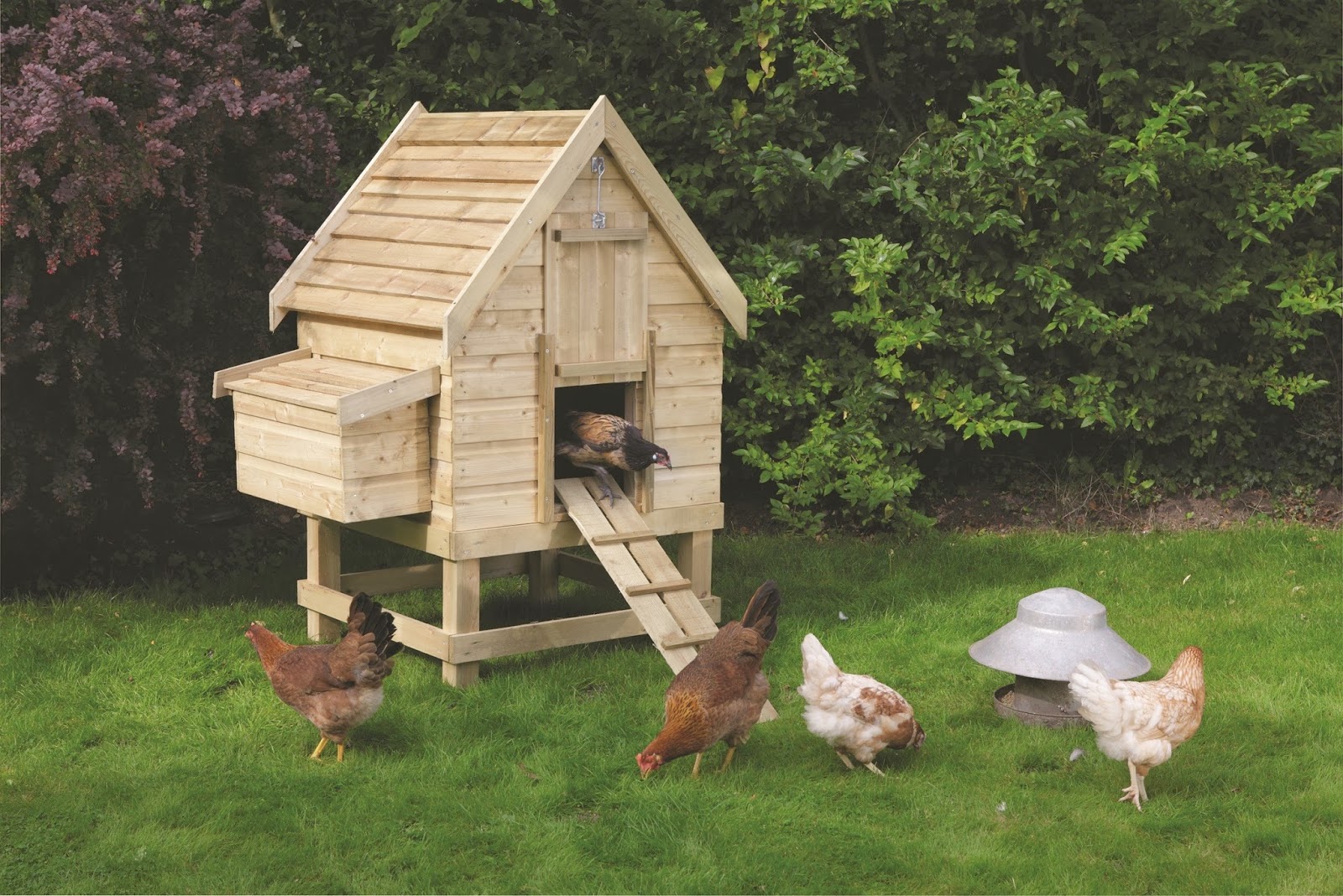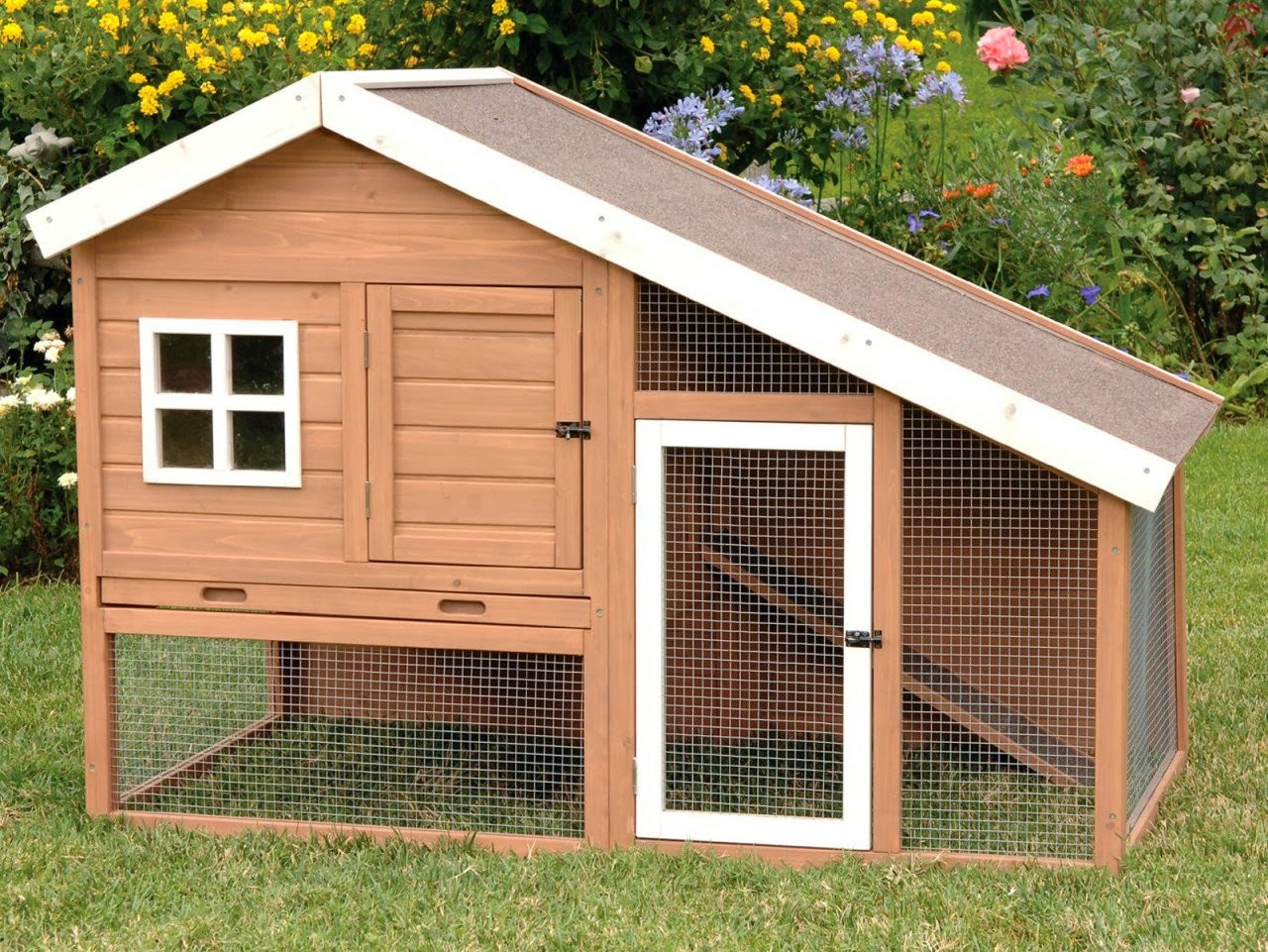Raising chickens at home has become an increasingly popular trend, whether for fresh eggs, meat, or simply as a rewarding hobby. A well-constructed chicken house is the cornerstone of successful poultry farming, providing a safe and comfortable environment for your flock. With proper planning and execution, a chicken house can be a long-lasting and efficient structure that meets the needs of both your chickens and your lifestyle. But where do you start? From choosing the right design to ensuring optimal ventilation, there’s a lot to consider.
A chicken house is not just a shelter; it’s a sanctuary where your chickens can thrive. Building the right chicken house requires careful consideration of factors like location, size, materials, and even aesthetics. Whether you are a beginner or an experienced poultry keeper, understanding the fundamental principles of chicken house design is essential. This guide will help you design, build, and maintain a chicken house that ensures a healthy and productive flock while minimizing costs and effort.
In this article, we will dive deep into every aspect of chicken houses, from the types and materials to maintenance tips and troubleshooting common issues. With this comprehensive guide, you’ll be well-equipped to create a functional and long-lasting chicken house. Let’s get started and give your chickens the home they deserve!
Table of Contents
- What is a Chicken House?
- Why Do You Need a Chicken House?
- How to Choose the Right Location for Your Chicken House?
- Types of Chicken Houses
- Materials Needed for Building a Chicken House
- Step-by-Step Guide to Building a Chicken House
- Essential Features of a Chicken House
- How to Ensure Adequate Ventilation?
- Common Mistakes to Avoid
- How to Maintain a Chicken House?
- How to Protect Your Chickens from Predators?
- Troubleshooting Common Issues
- Advantages of Raising Chickens in a Well-Designed House
- Frequently Asked Questions About Chicken Houses
- Conclusion
What is a Chicken House?
A chicken house, also known as a chicken coop, is a purpose-built structure that serves as a shelter for domesticated chickens. It provides a safe environment for roosting, laying eggs, and protection from predators and harsh weather conditions. Chicken houses are available in various sizes and designs, depending on the number of chickens and the specific needs of the owner.
At its core, a chicken house includes essential elements like nesting boxes, roosting bars, and a secure enclosure. While some chicken houses are simple and functional, others can be elaborate structures that add to the aesthetic appeal of your backyard. Regardless of its design, the primary goal is to create a safe and healthy environment for your flock to thrive.
Components of a Chicken House
- Nesting Boxes: For egg-laying hens to lay their eggs in comfort and privacy.
- Roosting Bars: Elevated perches where chickens can sleep at night.
- Enclosures: Fenced areas to allow chickens to roam while keeping them safe.
- Ventilation: Openings or fans to ensure proper airflow and prevent moisture buildup.
- Feeders and Waterers: Essential for providing food and water to the chickens.
Why Do You Need a Chicken House?
One of the most common questions for first-time chicken owners is why a chicken house is so vital. Can chickens not just roam freely? While free-range chickens might seem ideal, there are several compelling reasons to invest in a quality chicken house:
1. Safety and Security
Chickens are highly vulnerable to predators like foxes, raccoons, and hawks. A well-built chicken house provides a secure environment that protects your flock from these threats.
2. Comfort and Health
Harsh weather conditions, such as rain, snow, or extreme heat, can harm your chickens. A chicken house offers insulation, shade, and protection, ensuring that your birds remain healthy and productive.
3. Egg Production
Hens require a stress-free environment to lay eggs consistently. A well-maintained chicken house with nesting boxes ensures that your hens have a comfortable space for egg-laying.
4. Pest Control
Chickens are prone to infestations from mites, lice, and other pests. A clean and well-designed chicken house minimizes these risks and keeps your flock in good condition.
5. Easy Management
Keeping your chickens confined in a designated area makes it easier to feed, water, and monitor them for signs of illness or distress. It also simplifies cleaning and maintenance tasks.
How to Choose the Right Location for Your Chicken House?
The location of your chicken house plays a crucial role in the health and productivity of your flock. Selecting the right spot requires careful planning and consideration of several factors:
1. Sunlight Exposure
Chickens thrive in environments with plenty of natural light. Place your chicken house in a location that receives ample sunlight throughout the day, as this promotes healthy egg production and keeps the coop dry.
2. Drainage
Avoid low-lying areas prone to flooding or waterlogging, as excess moisture can lead to damp conditions that harm your chickens. Choose a well-drained site to keep the chicken house dry and clean.
3. Accessibility
The chicken house should be easily accessible for feeding, cleaning, and egg collection. Ensure that the location is convenient for regular maintenance tasks.
4. Wind Protection
While ventilation is essential, excessive wind exposure can stress your chickens. Position the chicken house in a sheltered area or use windbreaks like trees or fences to provide protection.
5. Predator Prevention
Place the chicken house away from areas where predators are likely to roam. Avoid proximity to wooded areas, tall grass, or abandoned buildings that might harbor potential threats.
Checklist for Choosing the Right Location
- Ample sunlight exposure
- Good drainage
- Convenient accessibility
- Protection from strong winds
- Safe distance from predator-prone areas
Frequently Asked Questions About Chicken Houses
- How big should a chicken house be? The size of a chicken house depends on the number of chickens. As a rule of thumb, allow 3-4 square feet per chicken inside the coop and 8-10 square feet per chicken in the outdoor run.
- What is the best material for a chicken house? Wood is the most common material due to its durability and insulation properties. Metal and plastic are also popular choices for certain parts of the chicken house.
- How often should I clean my chicken house? Clean out the chicken house at least once a week to remove droppings and replace bedding. A thorough deep clean should be performed every few months.
- Do chicken houses need to be insulated? Insulation is essential in colder climates to keep the chickens warm during winter. Ensure proper ventilation to avoid moisture buildup.
- Can I build a chicken house myself? Yes, many people choose to build their own chicken houses. With the right materials and a clear plan, constructing a chicken house can be a rewarding DIY project.
- How can I protect my chicken house from predators? Use sturdy materials, bury fencing at least 12 inches underground, and install locks or latches on doors to prevent access by predators.
Conclusion
Building and maintaining a chicken house is an essential part of raising a healthy and productive flock. Whether you’re a novice or a seasoned poultry farmer, understanding the fundamentals of chicken house design, location, and maintenance can make a significant difference in the well-being of your chickens. By following the guidelines in this comprehensive guide, you can create a safe, comfortable, and efficient chicken house that meets all your needs. With proper care and attention, your chickens will thrive in their new home!
Article Recommendations
- Allegra Versaces Net Worth 2023 Update Amp Facts
- Why Fletcher Morrills Long Locks The Reasons Behind His Signature Style
- Chris Boswells Wife Havana Everything You Need To Know

